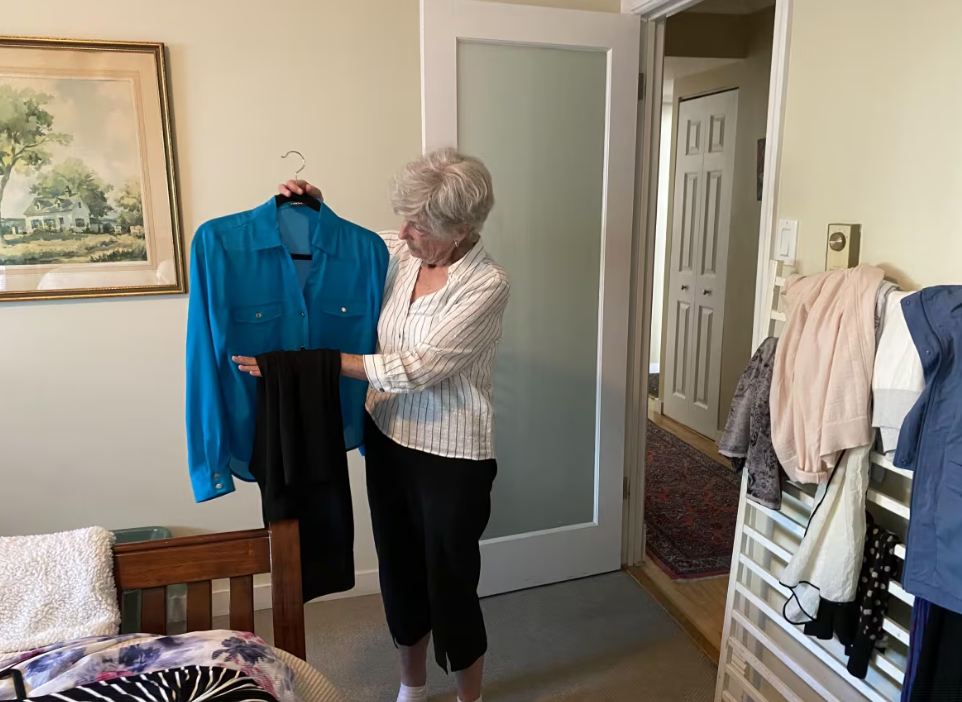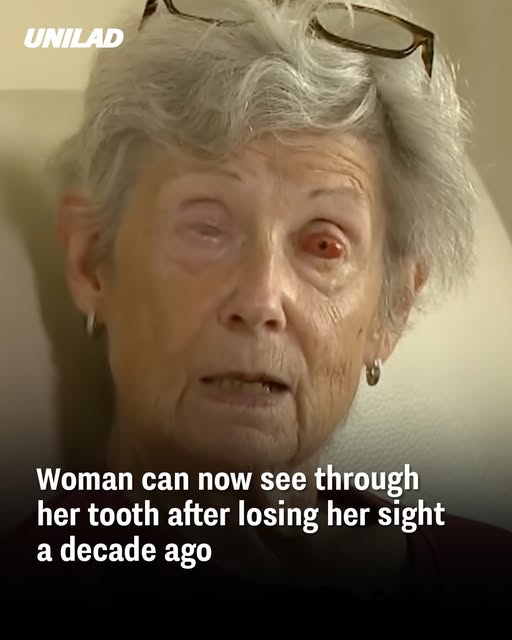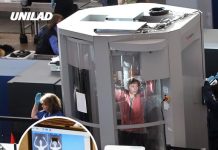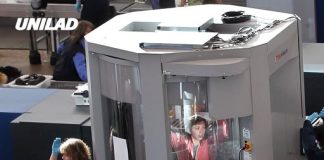For ten long years, 75-year-old Gail Lane from Victoria, British Columbia, lived in darkness. An autoimmune complication had scarred her corneas, gradually robbing her of sight. Sudden visions of familiar faces and once-treasured moments were replaced by a life navigated through touch, a cane, and adaptive technologies.
A Radical Medical Breakthrough
In early 2025, Lane was among three Canadians who underwent a highly experimental and remarkable procedure at Vancouver’s Mount Saint Joseph Hospital: osteo-odonto-keratoprosthesis—commonly known as “tooth-in-eye” surgery. This two-step operation begins by extracting one of the patient’s own teeth—typically a canine—then transforming it into a supporting frame. A plastic lens is embedded into the tooth, which is initially implanted into the patient’s cheek to allow connective tissue to grow around it. A few months later, the tooth-lens structure is removed from the cheek and surgically affixed over the eye after the cornea, lens, and iris have been removed. A skin flap is sewn over the eye with a small opening to allow the patient to see through the lens.
Dr. Greg Moloney—a Vancouver ophthalmologist who performed the surgery after previously conducting similar operations in Australia—led the team that brought this groundbreaking procedure to Canada. Funding from St. Paul’s Foundation helped establish this first-of-its-kind Canadian clinic.

A Steady Return to Light
Since the second phase of the surgery in late May, Gail Lane’s vision has returned gradually. Initially, she detected only light and shadows. But as weeks passed, she began recognizing larger shapes and vivid colors. Among the first things she noticed were the tail-wagging silhouette of her partner’s guide dog, Piper, and other shapes in the environment that many of us take for granted.
In July, Lane saw her partner’s face for the first time. “I could see Piper’s tail wagging… and then I started to see Phil too,” she recalled. Scenes she remembered only through stories—trees, grass, flowers, and even boats on Vancouver’s waterways—emerged in her vision with increasing clarity.
Renewed Independence and Hope
While her vision is still limited—often described as looking through a small window—Lane finds it profoundly empowering. She’s learning to recognize facial features, appreciate color and light, and anticipates better clarity with corrective glasses. Most of all, she’s filled with gratitude: not just for the technology, but for the emotional reawakening of memories and connections.
She says, emotionally, “It’s been a long wait, but well worth it,” describing the regained sight as “a gift.”

Legacy of Innovation and Compassion
This historic operation stands as a testament to medical perseverance and human ingenuity. Canada now joins a global network of centers performing this rare and technically demanding surgery—others include the United Kingdom, India, Singapore, and Australia. Dr. Moloney and his team aspired not only to restore vision but to instill hope—and for Gail Lane, they have delivered on both.

















